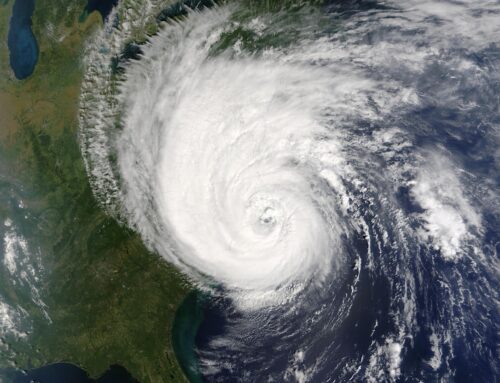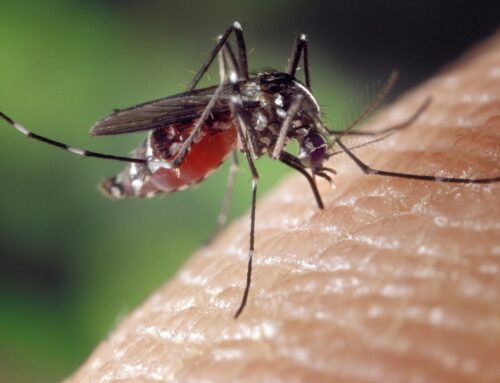(BROOKLYN) – The Connecticut Agricultural Experiment Station (CAES) has identified West Nile virus (WNV) in a mosquito collected from a Plainfield trapping station, prompting the Northeast District Department of Health (NDDH) to remind residents to take steps to avoid being bitten by mosquitoes.
West Nile virus is the most common mosquito-borne disease in the United States and reemerges every summer in Connecticut. WNV can cause severe disease in humans. While infections are usually not fatal, patients who develop meningitis or encephalitis may suffer long lasting symptoms of the nervous system. Before 2021, 166 cases of WNV were reported in Connecticut, of which four were fatal. Since August 31st, three human cases of WNV have been identified in the state.

“We are seeing a late season surge in the numbers of mosquitoes carrying West Nile virus,” said Dr. Philip Armstrong, medical entomologist at the CAES. “The risk of West Nile virus is expected to continue until mosquito activity ceases in October.”
To help residents lower their risk of acquiring mosquito-borne illnesses, NDDH developed the SWAT campaign that offers tips to avoid being bitten.
“SWAT is an easy acronym to remember to prevent mosquito bites, “said Susan Starkey, NDDH Director of Health.
• Screens on doors and windows should be tight-fitting and in good repair; also use mosquito netting when sleeping outdoors or in an unscreened structure and to protect small babies when outdoors.
• Wear shoes, socks, long pants, and a long-sleeved shirt when outdoors for long periods of time, or when mosquitoes are more active. Clothing should be light colored and made of tightly woven materials that keep mosquitoes away from the skin.
• Apply insect repellent according to instructions when going outdoors and minimize time outdoors between dusk and dawn when mosquitoes are most active.
• Toss any standing water that may be collecting on your property. Water in wading pools, bird baths, buckets, barrels, flowerpots, pet dishes, and tire swings should be changed or emptied regularly. Clogged roof gutters should be cleaned.
These simple steps can help you reduce the risk for you and people you care about.”
Connecticut Mosquito Management Program
The State of Connecticut Mosquito Management Program is a collaborative effort involving the Department of Energy and Environmental Protection, the Connecticut Agricultural Experiment Station, the Department of Public Health, the Department of Agriculture, and the University of Connecticut Department of Pathobiology and Veterinary Science. These agencies are responsible for monitoring the potential public health threat of mosquito-borne diseases.
The CAES maintains a network of 108 mosquito-trapping stations in 88 municipalities throughout the state. Mosquito traps are set Monday – Thursday nights at each site every ten days on a rotating basis and then twice a week after detection of virus. Mosquitoes are grouped (pooled) for testing according to species, collection site, and date. Positive findings are reported to local health departments and on the CAES website at https://portal.ct.gov/CAES/Mosquito-Testing/Introductory/State-of-Connecticut-Mosquito-Trapping-and-Arbovirus-Testing-Program.
For information on WNV and EEE, what can be done to prevent getting bitten by mosquitoes, the latest mosquito test results and human infections, visit the Connecticut Mosquito Management Program web site at https://portal.ct.gov/mosquito.






